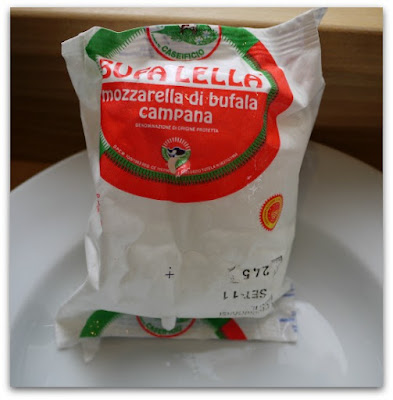A trip to the Billa grocery store in Ventimiglia these days is even more interesting than usual.
Along with cheap pasta, a huge variety of Italian cheeses and great reusable shopping bags, until the end of October there's added incentive to battle the crowds to shop there: the i Puffi promotion.
i Puffi is Italian for the Smurfs and Billa has launched their i Puffi promotion to coincide with Italian opening of the new 3D Smurf movie. As it turns out, Italians are crazy about the Smurfs. Who would have guessed?
Here's how the promotion works. For every €10 that you spend in Billa, you get a packet of 5 i Puffi stickers depicting scenes from the movie. For €3.90 (€2.90 if you're a Billa fidelity card holder) you can buy a really nice hard cover album in which to stick your stickers.
 Of course I bought an album and started pasting in my i Puffi stickers last night and I had a grand time. I even learned a bit of Italian in the process. I'll let you know when it's full.
Of course I bought an album and started pasting in my i Puffi stickers last night and I had a grand time. I even learned a bit of Italian in the process. I'll let you know when it's full.In some of the packets, lucky shoppers will find special cards for prizes like stuffed Smurfs or vouchers for store credit but the grand prize is what keeps me going back: free shopping at Billa for an entire year. I'd love to win that.
Think of all that free pasta!

















































